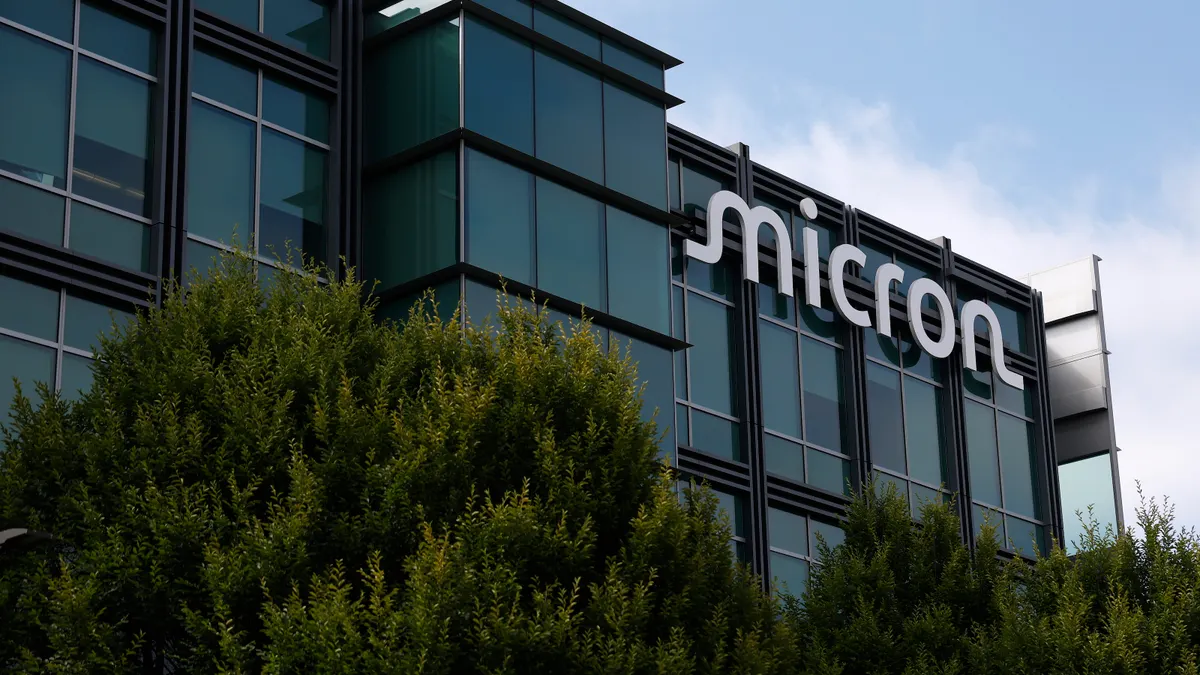Dive Brief:
- Despite the fact that 2 World Trade Center developers have lost commitments from their anchor tenants, they said they will still use the edgier Bjarke Ingels Group (BIG) design versus the original by Norman Foster, Curbed New York reported.
- Developer Larry Silverstein of Silverstein Properties said that when News Corp and 21st Century Fox nixed their deals, Silverstein had the option of ditching the BIG design but decided not to, as other future tenants expressed a preference for the BIG creation.
- Silverstein is reportedly courting J.P. Morgan Chase and BlackRock to be replacement anchor tenants.
Dive Insight:
In June 2015, BIG unveiled its design for the tower, which resembled a giant staircase. BIG's design replaced what was considered the more traditional plan from Foster + Partners.
The Port Authority of New York agreed in December to offer $43 million in rental payment reductions to support the cost of construction of 2 World Trade Center. However, after figuring in state tax credits, the effective cost to the Port Authority is estimated at $18 million. The agency also said that income from the building would increase its capital spending ability by an estimated $500 million. There has been no word yet as to whether the loss of News Corp and 21st Century Fox will affect the deal.
The World Trade Center transportation hub recently got an aesthetic boost from the Skanska-built Oculus, the hub's dove-like centerpiece. Functioning as a glass and steel roof over 75,000 square feet of retail, it also has a 330-foot retractable skylight that will open in good weather and each year on September 11 as tribute to the people who lost their lives in the terrorist attacks.
The towers are part of a construction boom in New York City. However, unfortunately for builders, 2015 construction costs in the city rose at double the national pace, according to a New York City Building Congress report. The NYBC estimated that costs rose by approximately 5% for three years in a row in all areas of New York City, versus the U.S. average of between 2.5%-3%.












